Handstand Analysis Part 2: Broken Handstand VS. Straight Handstand
Posted by Paul Zaichik on
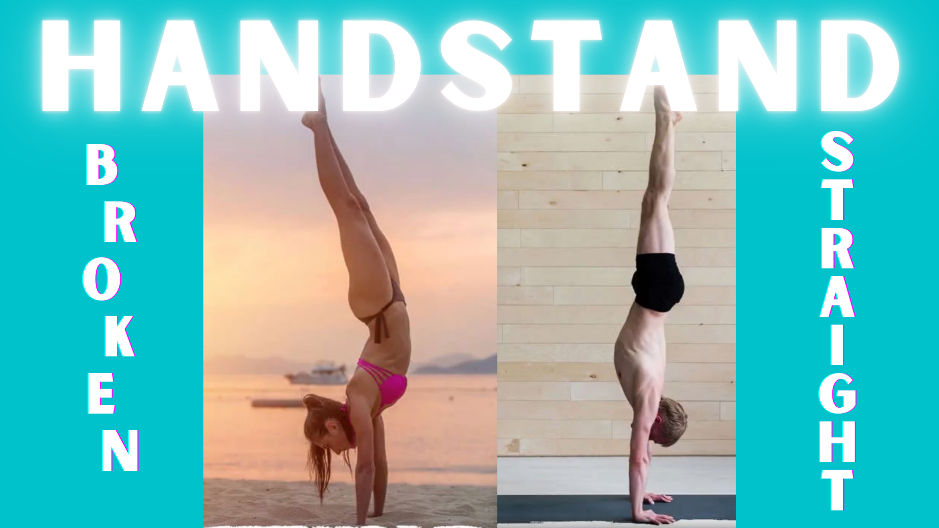
Let's take a look at the video below:
The handstand is regarded to be one of the most important fundamental skills in a sport like gymnastics. It is considered to be extensively demanding and rigorous of a postural stance when compared to an upright bipedal stance or normal standing posture.
The degree of stability of a normal standing posture identifies the following factors:

The Centre of Gravity (COG) is a theoretical point around which the mass of an object is balanced. It is around this centre that gravity acts. Changes in the position of a body influences the position of the COG.
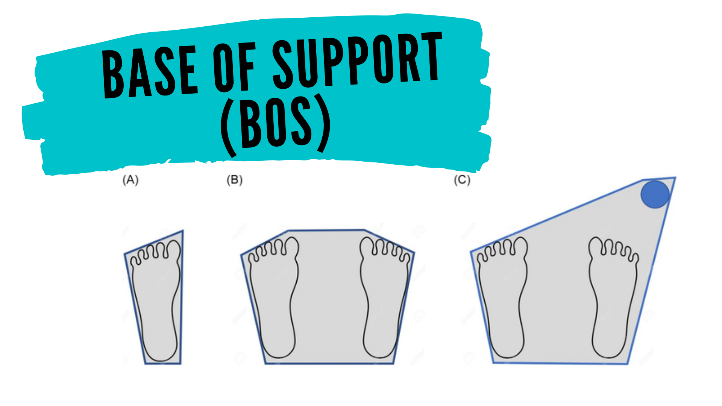
The Base of Support (BOS) is an area within the body’s points of contact and any object the individual relies on for support. The larger the base of support, the more stable a/an body/object is.
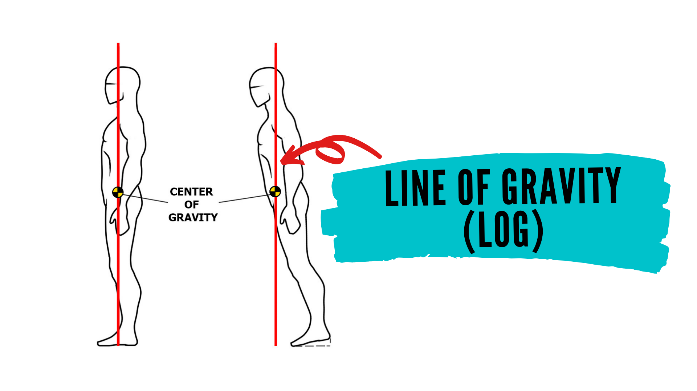
The Line of Gravity (LOG) is a line of force indicating direction of gravity. A body is stable when the LOG runs through the centre of its base of support.
There are four specific factors to which an upright body depends on for stability. These are:

· Height of the centre of gravity (COG) above the base of support

· Size of the base of support (BOS)
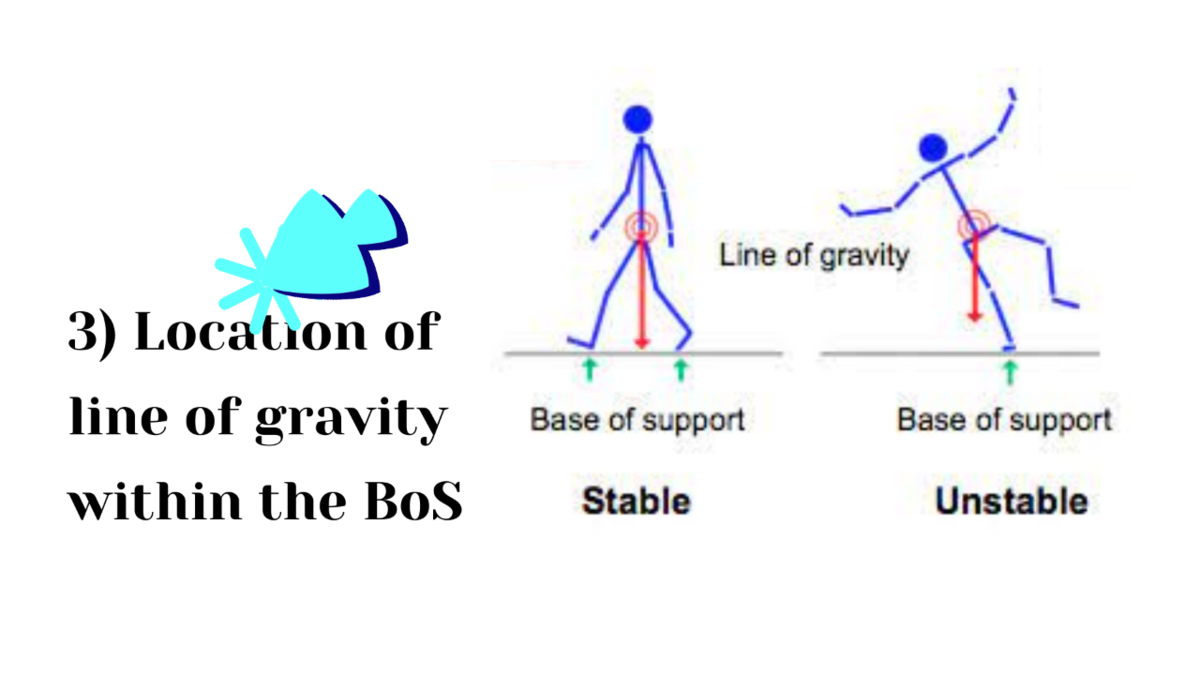
· Location of line of gravity within the BoS, and

· Weight of the body
When compared to the upright body, the handstand—as considered to be extensively demanding and rigorous—has the following existing factors that influence stability:
When compared to the upright body, the handstand—as considered to be extensively demanding and rigorous—has the following existing factors that influence stability:
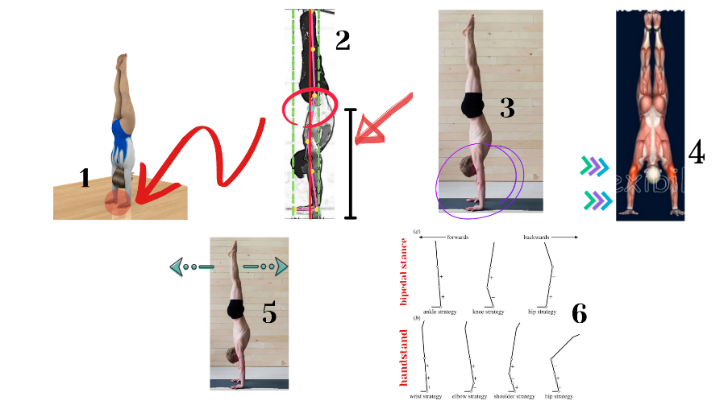
1. Smaller base of support.
2. Increased distance between the centre of gravity and the support surface.
2. Increased distance between the centre of gravity and the support surface.
3. It requires unusual muscle activity, from the upper limbs, for a beginner (or anyone who has not trained hand balancing/inverted hand support).
4. Function of the upper limb muscles is more precise and less fatigue-resistant than the lower limb function.
5. The antero-posterior deviations are greater
6. The body configuration for the handstand requires specific postural control from four joints (wrist, elbow, shoulder, and hips) as opposed to three for the bipedal stance.
6. The body configuration for the handstand requires specific postural control from four joints (wrist, elbow, shoulder, and hips) as opposed to three for the bipedal stance.
You too can master a handstand safe, fast and easy with the EasyFlexibility Handstand Mastery program! Click on the picture below for details:
Take a look at the video video to learn about Easyflexibility Handstand Mastery program content:
Get your Handstand Mastery Program today. Click on the BUY NOW button below:
Now, let us consider the muscles involved when performing a handstand.

In an ideal erect posture, body segments are aligned so that the torques and stress on body segments are minimized and standing can be maintained with a minimal amount of energy expenditure.
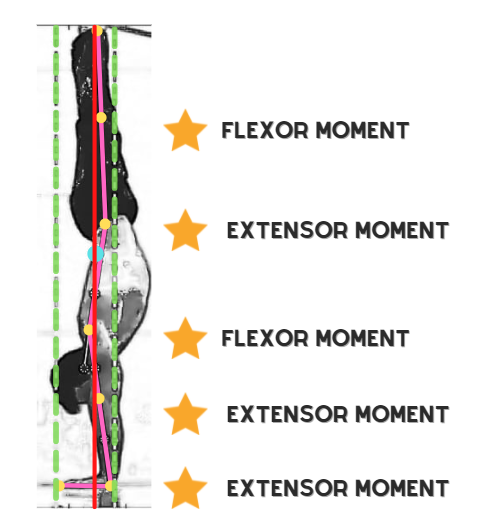

The location of the LOG shifts continually because of the postural sway. As a result of the continuous motion of the LOG, the moments acting around the joints are continually changing.
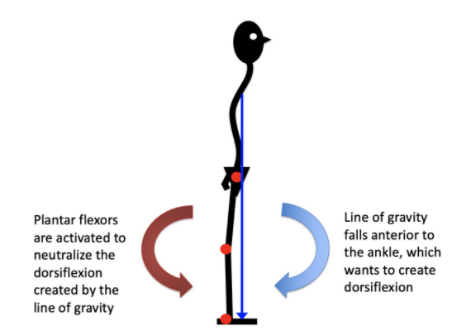
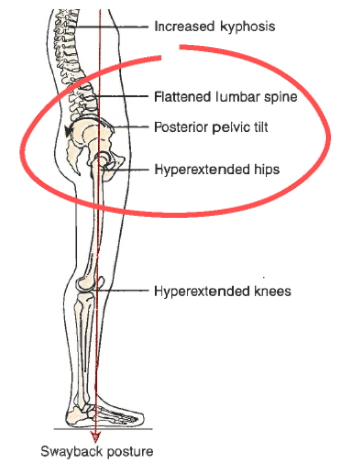
So, when the LOG passes directly through a joint axis, no external gravitational torque is created around the joint. However, if the LOG passes at a distance from the axis, an external gravitational moment is created. Now, this moment will cause rotation of the superimposed body segments around that joint axis unless it is opposed by a counterbalancing internal moment, that is a muscle contraction. The magnitude of gravitational moment of force increases as the distance between the LOG and the joint axis increases.
The direction of external gravitational moment of force depends on the location of the LOG in relation to a particular joint axis.
So, if the LOG is located ANTERIOR to a particular joint axis, the gravitational moment will tend to cause anterior motion of the proximal segment of the body supported by the joint.
And, if the LOG is POSTERIOR to the joint axis, the moment will tend to cause motion of the proximal segment in a posterior direction.
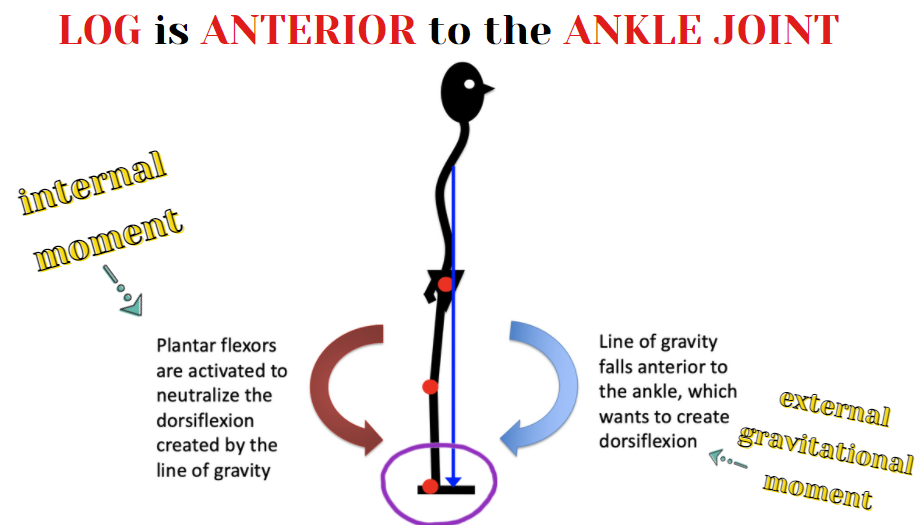
So, motion of a particular joint axis created by the external gravitational moment will be opposed by an internal moment, and this is of equal magnitude to establish equilibrium.
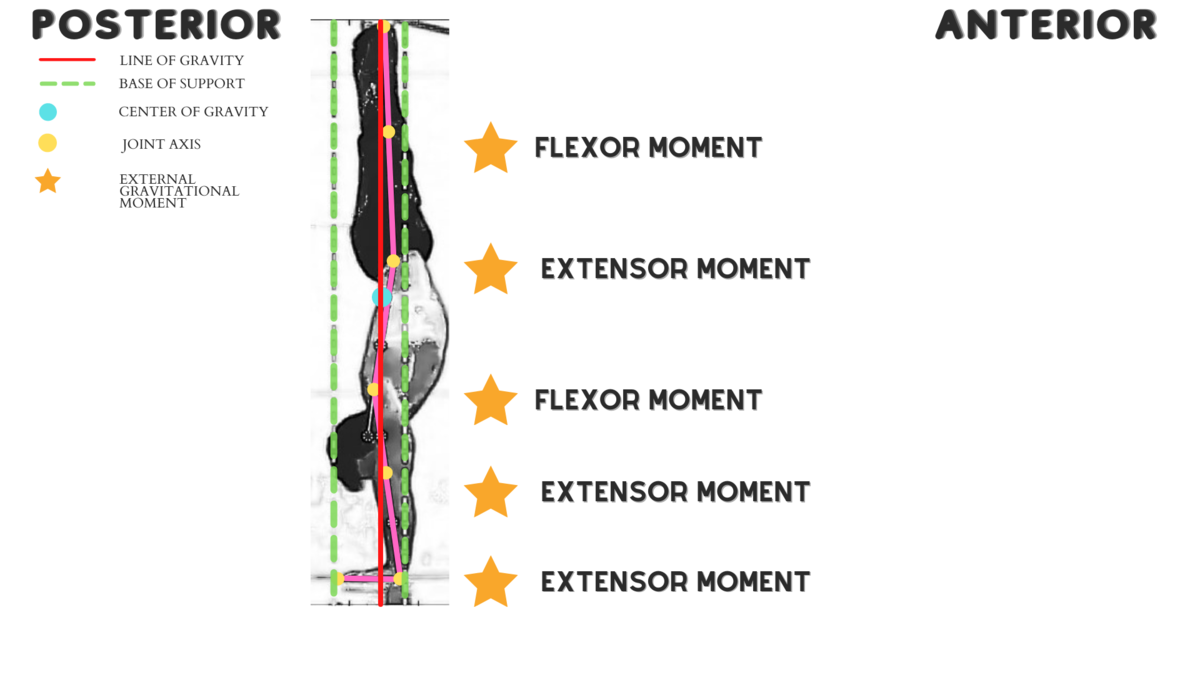
In a straight handstand, the LOG is located:
- posterior to the wrist joint which creates an external gravitational moment into extension. This will be opposed by the flexor muscles of the wrist joint.
- slightly posterior to the elbow joint, leading to an extensor moment and to be opposed by the flexors of the elbow joint
- slightly anterior to the shoulder joint, creating a flexor moment and to be opposed by the extensors of the shoulder
- slightly posterior to the hip joint, creating an extensor moment and to be opposed by the flexors of the hip joint
- very slightly posterior to the knee joint, creating a flexor moment and to be slightly opposed by the extensor muscles of the knee joint.
all to maintain an equilibrium of that certain position.
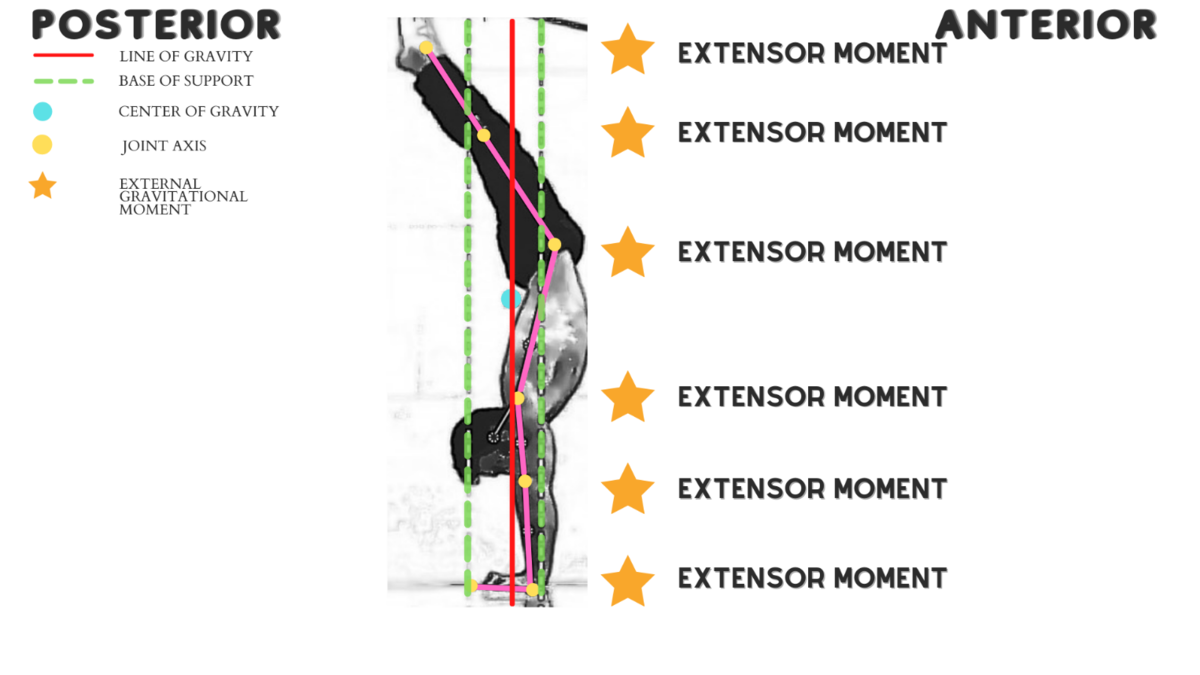
In a broken handstand, the LOG is located:
- posterior to the wrist joint which creates an external gravitational moment into extension. This will be opposed by the flexor muscles of the wrist joint.
- slightly posterior to the elbow joint, leading to an extensor moment and to be opposed by the flexors of the elbow joint.
- very slightly posterior to the shoulder joint, creating an extensor moment and to be opposed by the flexors of the shoulder.
- posterior to the hip joint, creating an extensor moment and to be opposed by the flexors of the hip joint.
- anterior to the knee joint, creating an extensor moment and to be opposed by the flexor muscles of the knee joint.
all to maintain an equilibrium of that certain position. This handstand allows to hold the position
for longer for those who don’t have great control, as the forward shift of the weight is compensated by the curvature of the spine, preventing from falling forward.
for longer for those who don’t have great control, as the forward shift of the weight is compensated by the curvature of the spine, preventing from falling forward.
In both positions of the handstand, to counter the extensor moment of the wrist joint, there is an eccentric contraction maintained by the wrist and forearm flexors.
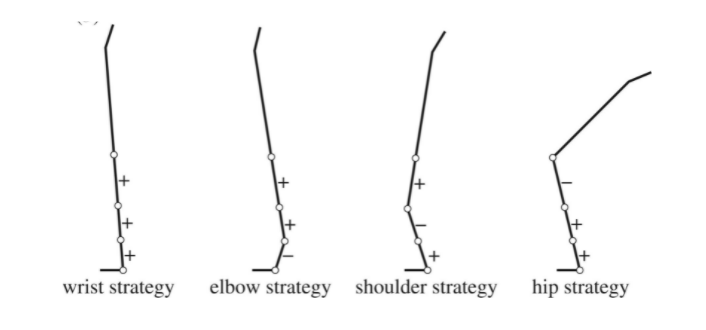
In a handstand, perturbations are counter-balanced through the wrist, elbow, shoulder, and hip
strategies. All of these strategies work to allow the centre of gravity to be kept within the base of support. The wrist flexors, together with the finger flexors, maintain balance in a handstand through the wrist recovery strategy, for more than 75%of the time.
strategies. All of these strategies work to allow the centre of gravity to be kept within the base of support. The wrist flexors, together with the finger flexors, maintain balance in a handstand through the wrist recovery strategy, for more than 75%of the time.
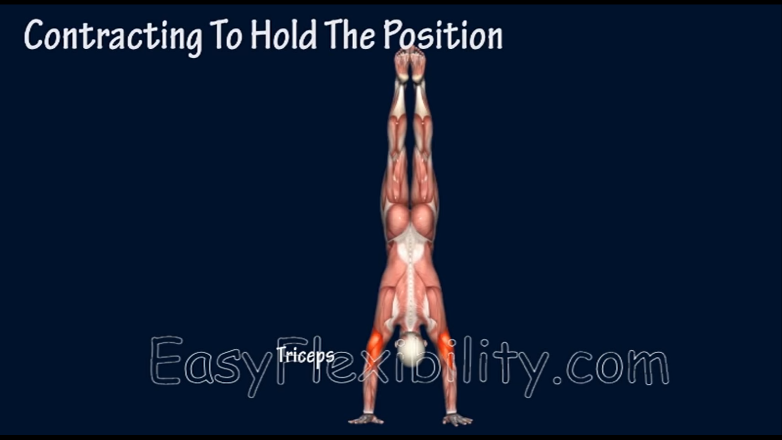
The Triceps concentrically contract as the prevailing external moment and will be equally countered by the elbow flexors.

The Rhomboids, Trapezius, and Levator Scapulae push through the shoulders, so there are no gaps between the arms, shoulders, and ears.
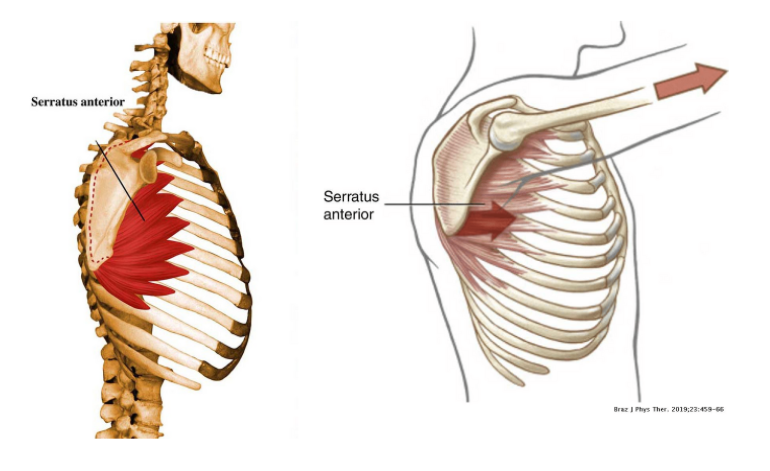
The Serratus anterior contracts to maintain the shoulders in abduction, with greater need of force during a straight handstand since it is also a flexor of the shoulder.

The Latissimus dorsi eccentrically contracts to hold the handstand for an extended position.
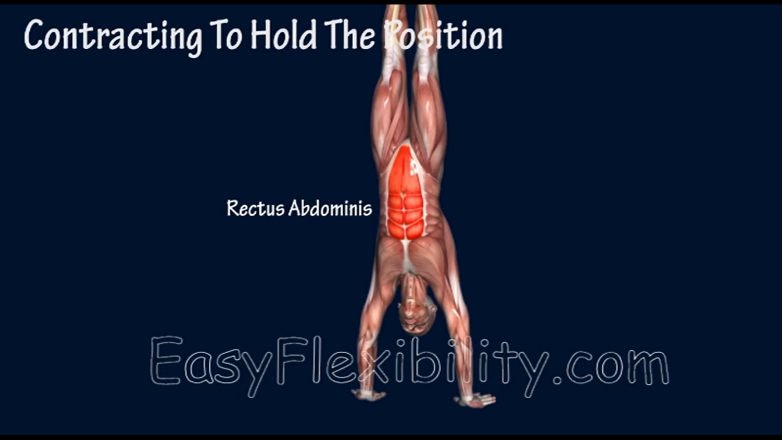
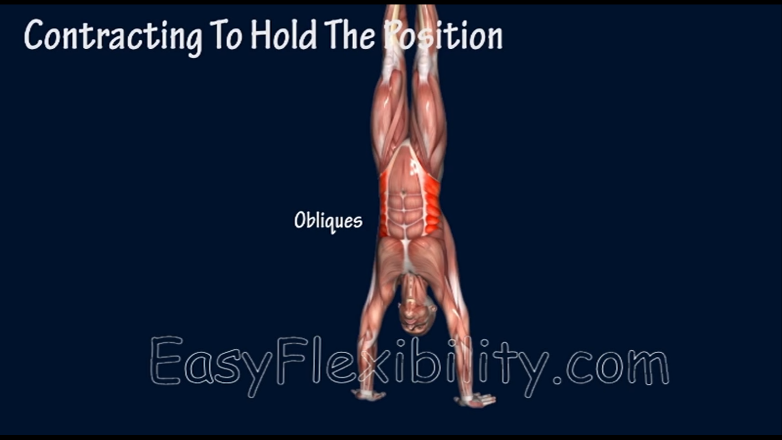
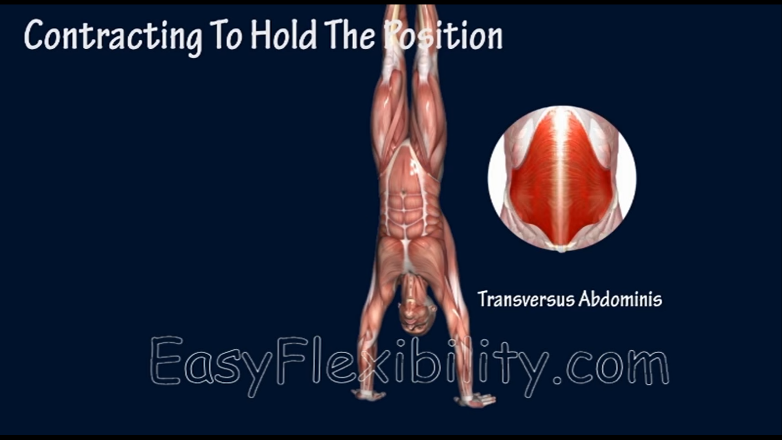
The abdominal muscles (Rectus abdominis, Obliques, and Transversus abdominis) concentrically contract to posteriorly tilt the pelvis and flatten the lower back. This also helps the extensor moment of the hips, acting on handstand positions.
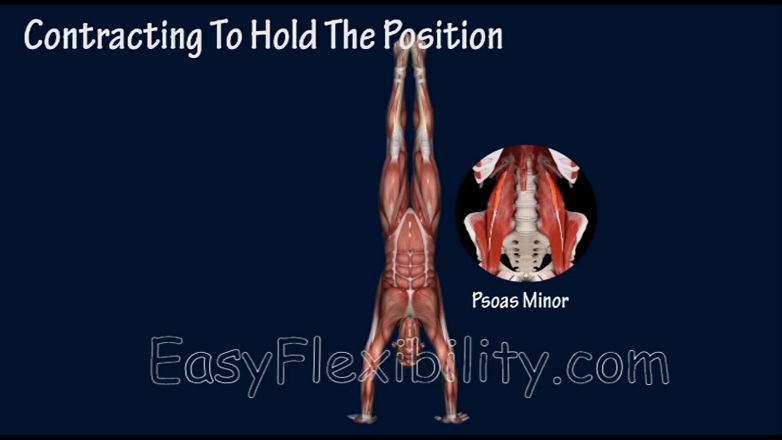

This extensor moment of the hips will be balanced out by the Psoas major and Psoas minor, for they eccentrically contract as the leg rises.
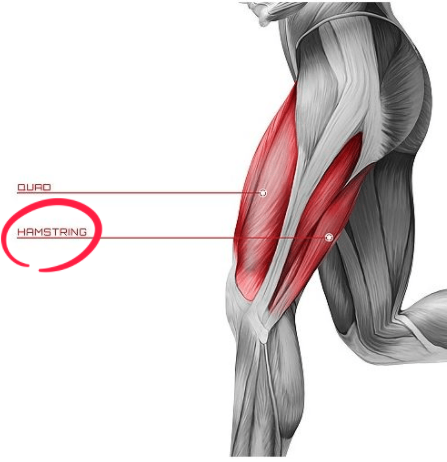
For the knee, in a straight handstand, the hamstrings contract concentrically and is equally opposed by the knee extensors (Rectus femoris, Vastus medialis, Vastus lateralis and Vastus intermedius). In a broken handstand, the quadriceps contract concentrically and is equally opposed by the hamstrings.
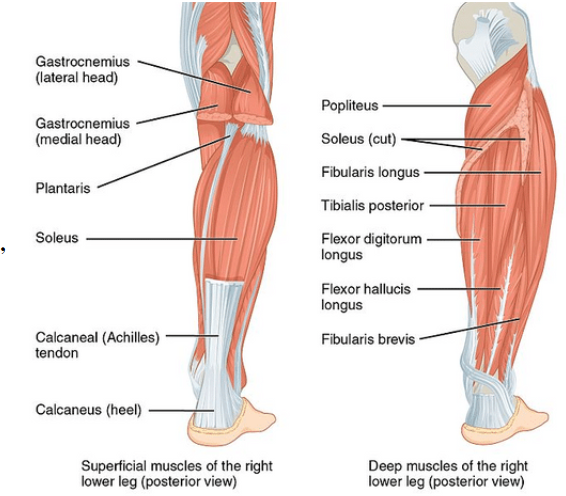

The plantarflexors (Gastrocnemius, Flexor digitorum longus, Flexor Hallucis longus, Peroneus longus and brevis, Plantaris, Soleus, and Tibilias posterior) contract to keep the feet and toes pointed.
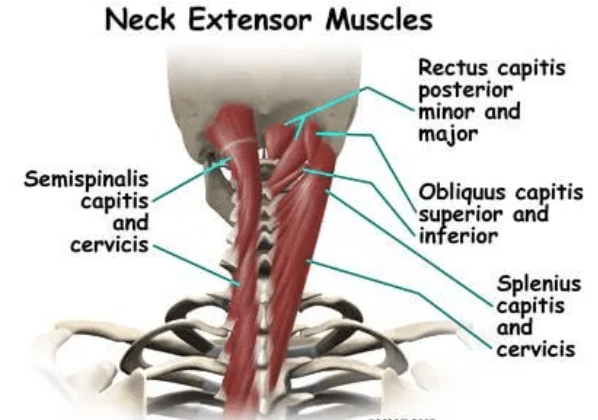
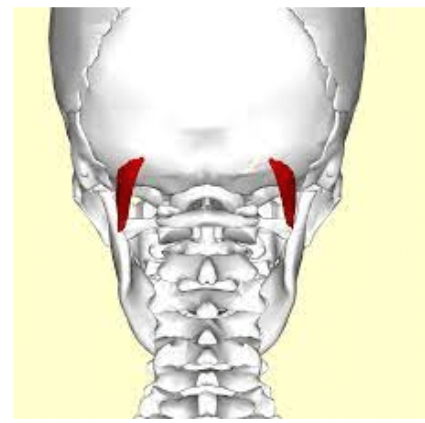
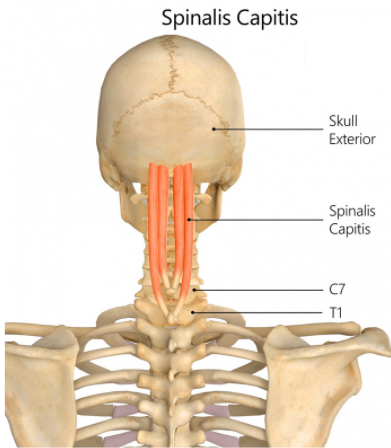
The cervical extensors (Rectus capitis posterior major and minor, Obliquus capitis superior, Spinalis capitis) also contract to enable a slight tilting of the head so the gymnast can peak over his/her eyebrows to spot the anchor point in-between the hands.
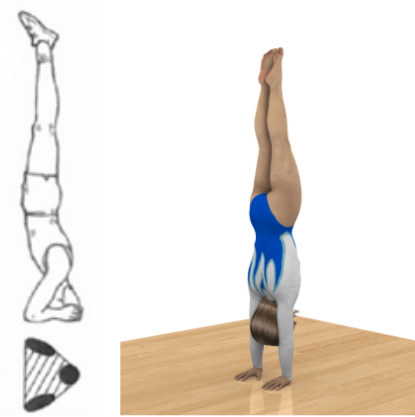
All of these muscles work to keep the LOG within the BOS, thus maintaining balance on a handstand position.
If you are lacking in wrist flexibility or overhead shoulder flexion, it's best to work on them first. Click on the BUY NOW button to get your Easyflexibility program Today!
or Get your Handstand Mastery Program, Click on the BUY NOW button below:
© ElasticSteel Corp., EasyFlexibility, Paul Zaichik, et. El., 2022. No part of the materials available through ElasticSteel.com, EasyFlexiiblity.com, site may be copied, photocopied, reproduced, translated or reduced to any electronic medium or machine-readable form, in whole or in part, without prior written consent of Paul Zaichik EasyFlexibility.com, Elasticsteel.com.. Any other reproduction in any form without the permission of Paul Zaichik EasyFlexibility.com, Elasticsteel.com is prohibited. All materials contained on this site are protected by United States copyright law and may not be reproduced, distributed, transmitted, displayed, published or broadcast without the prior written permission of Paul Zaichik, EasyFlexibility.com, Elasticsteel.com.
Share this post
1 comment




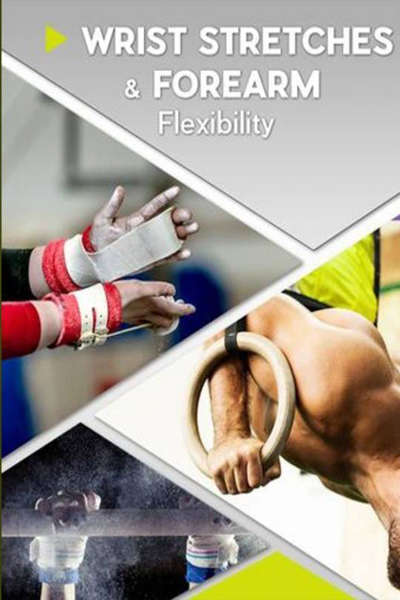



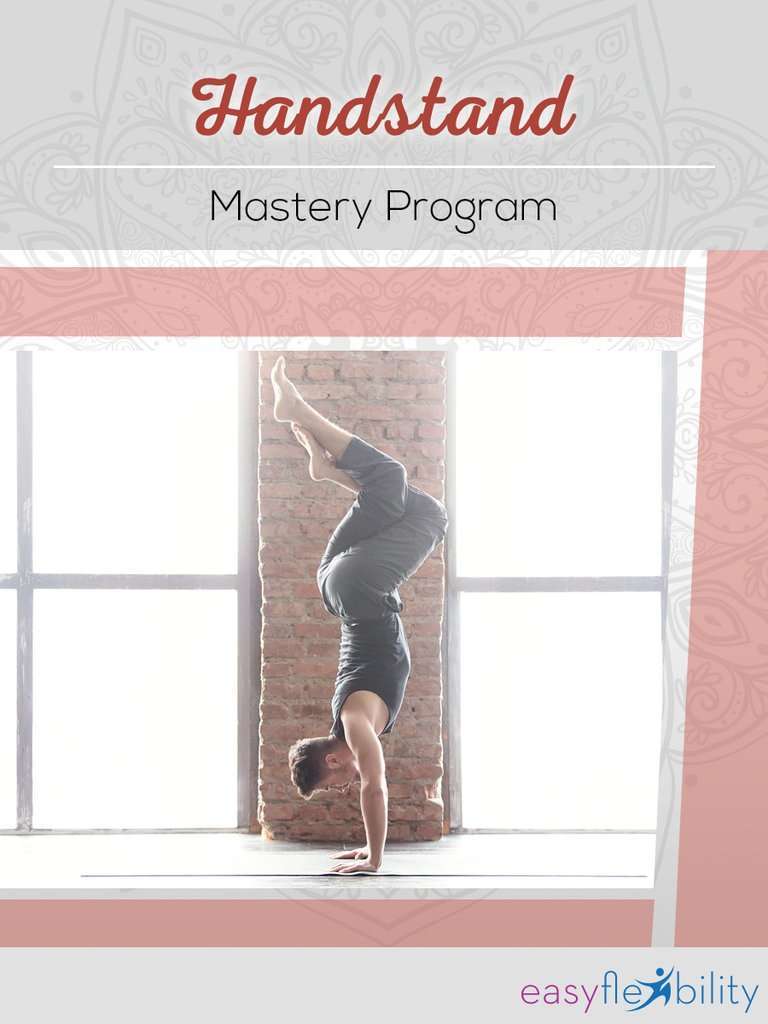

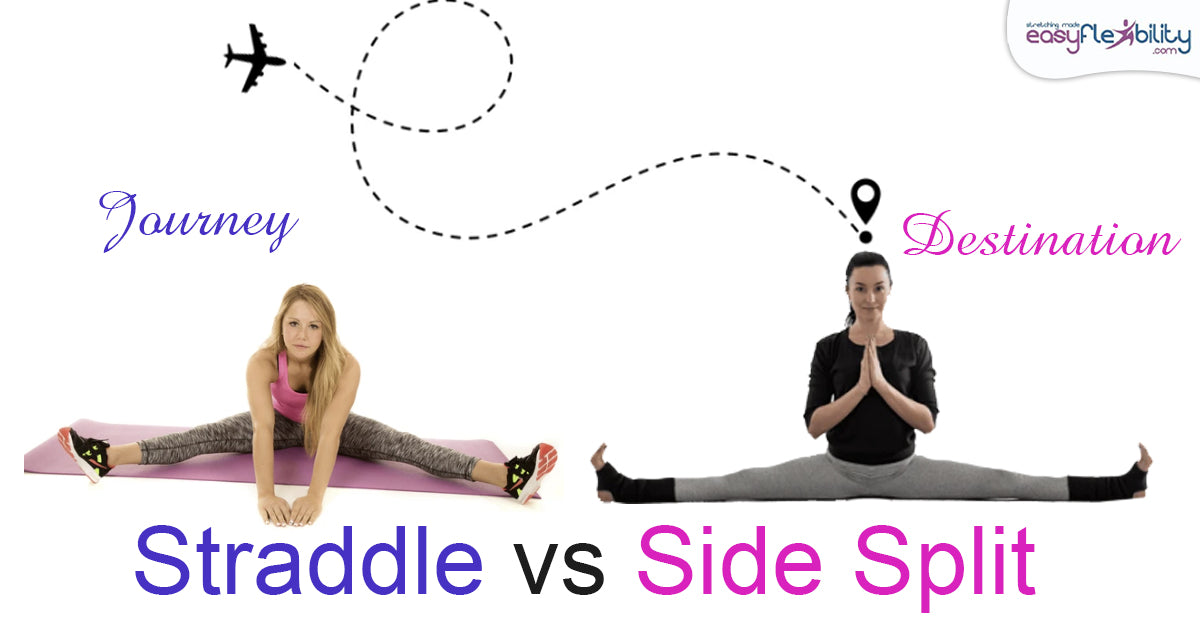
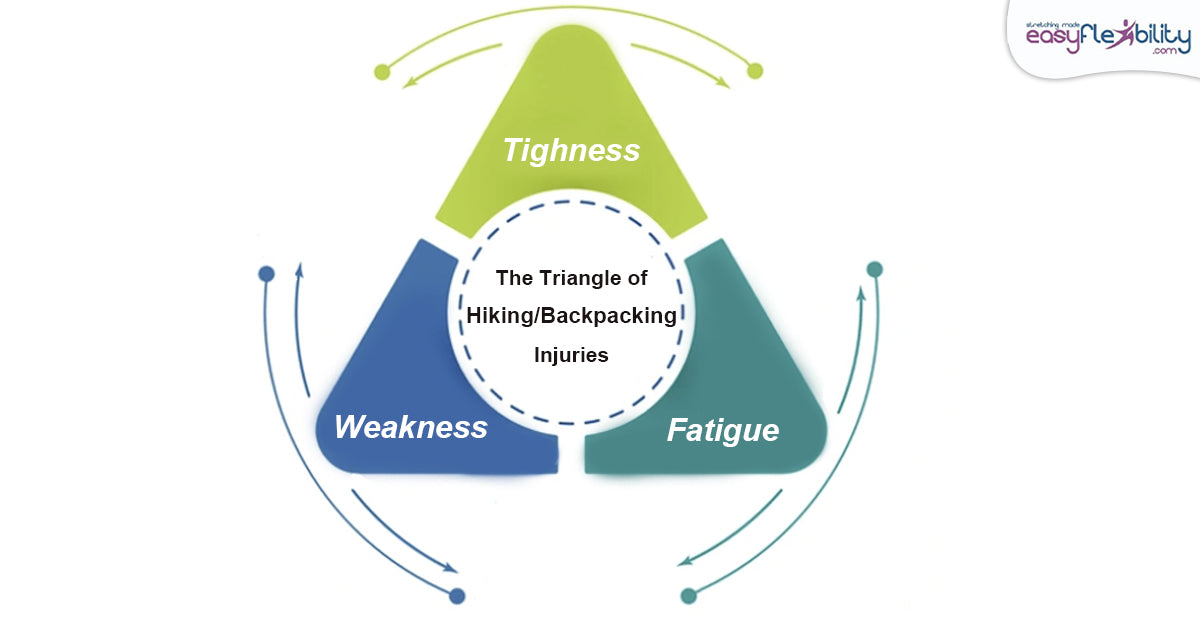
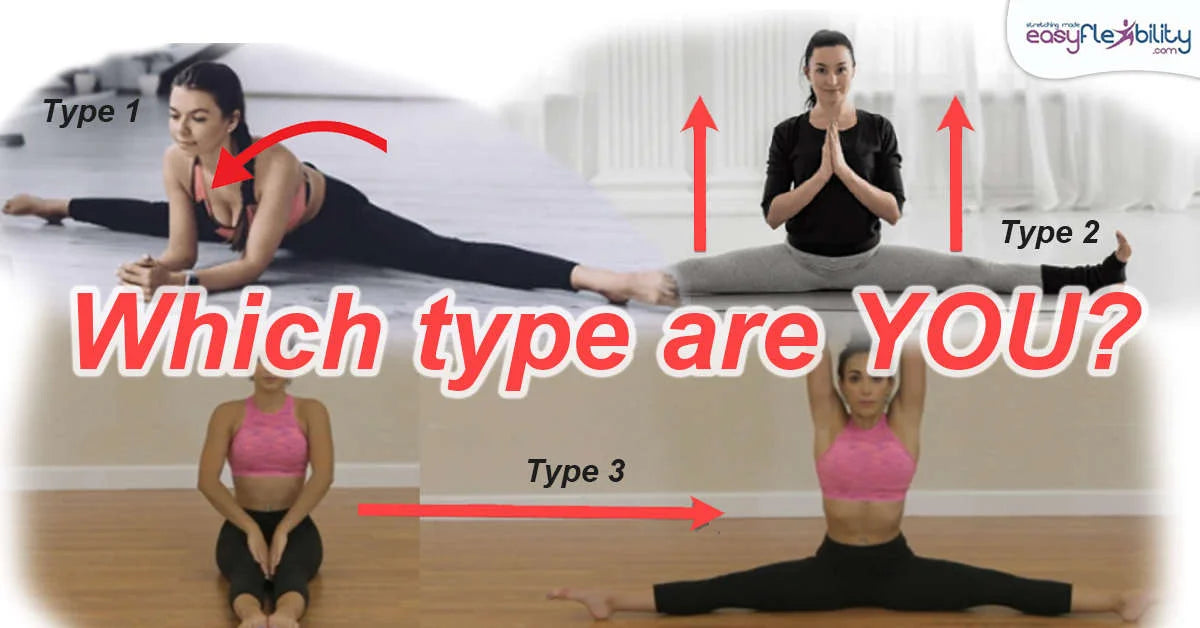
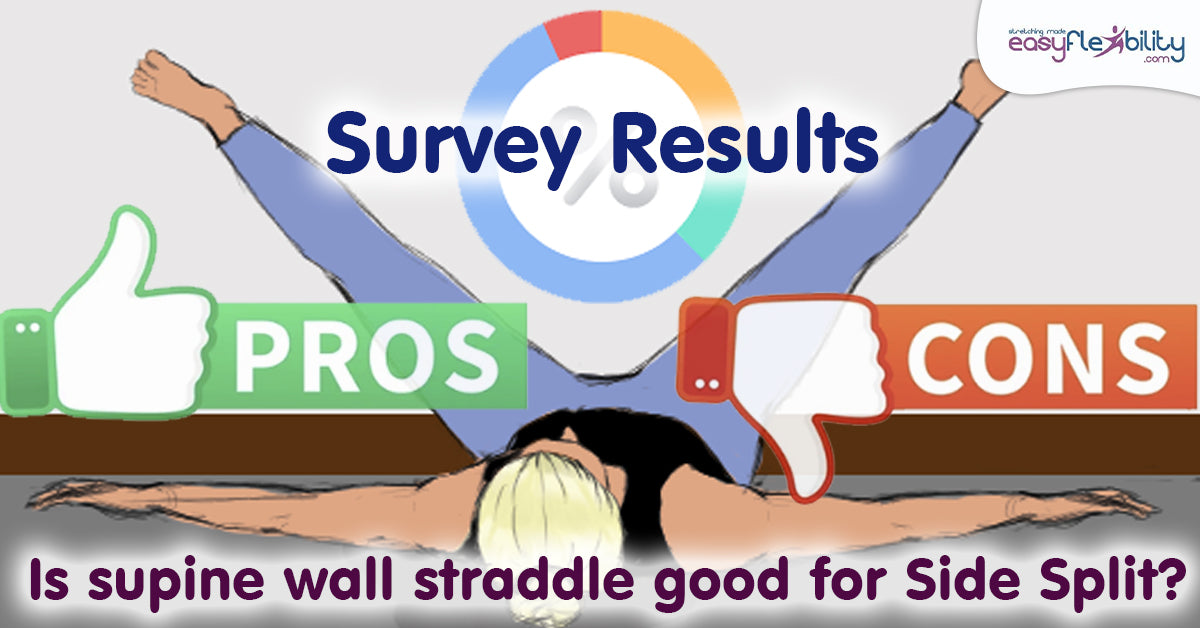
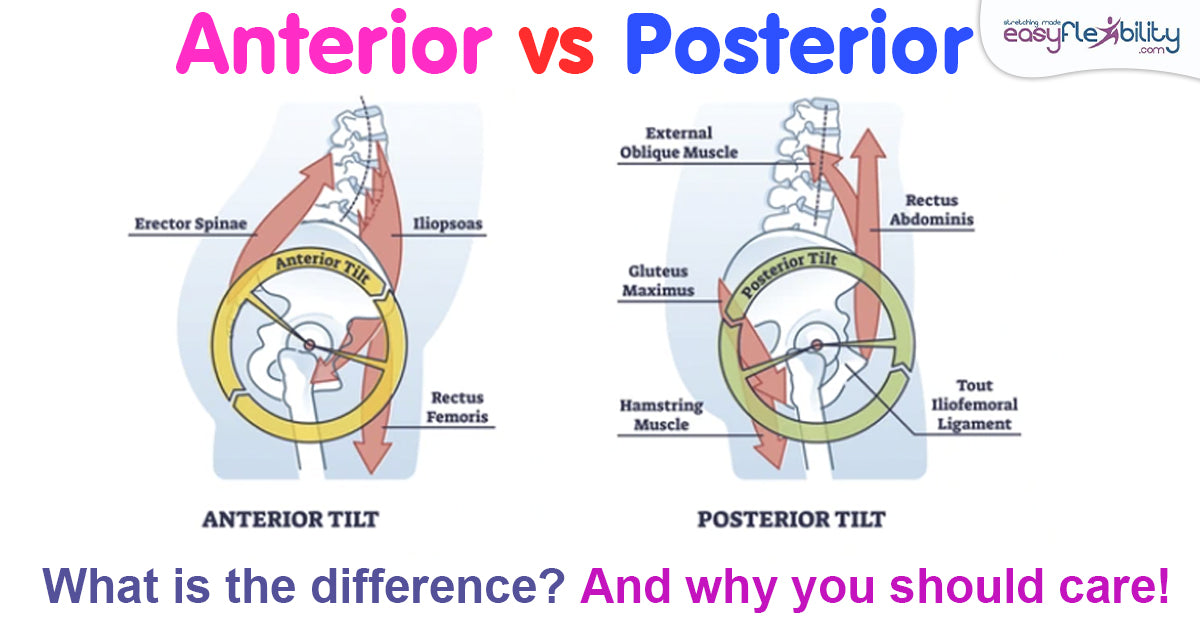
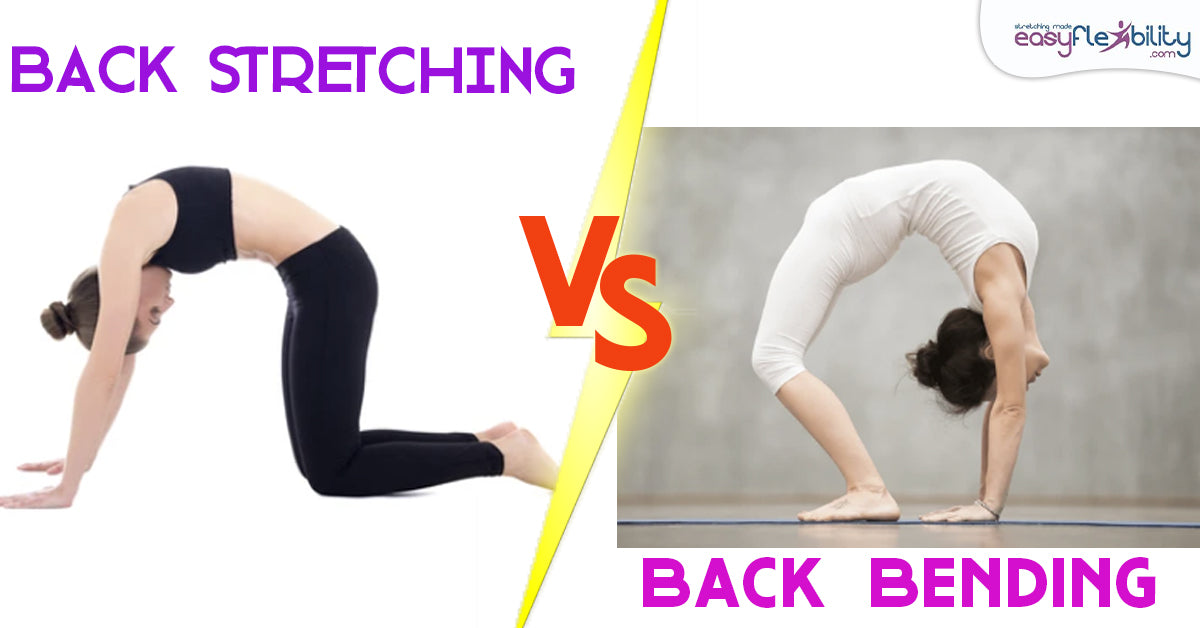
How much of this is covered in you Handstand program? Working on front lever and planche right now.